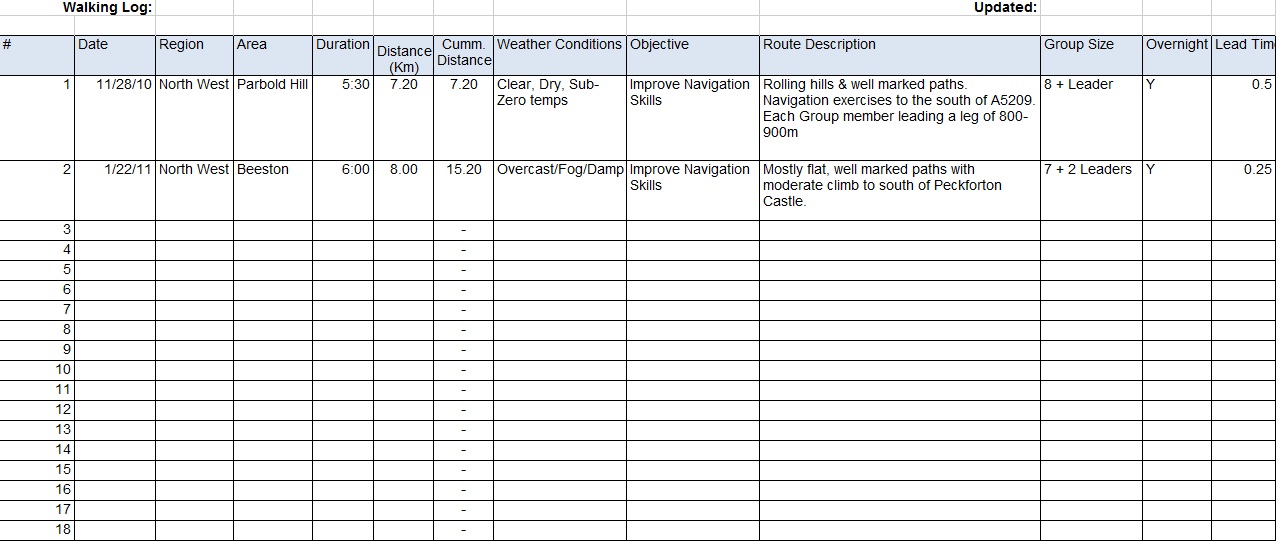
Also, if the weather is suddenly particularly bad, it may be a good idea to find a safe place to pull off the road and try to wait out the bad spell. Don't be afraid of the time you may "waste" by pulling over, it's certainly a better risk than that of getting in an accident.

Pull Over if You Need to. If you are at all tired, pull over (at a safe spot totally off the road) and rest your eyes.Not only is it the law in most states, it can also save lives, especially when driving in bad weather. Buckle Up! Be sure you and your passengers wear seatbelts at all times.Keep it at a low volume so as not to intrude on your concentration you need to be very focused when driving in bad weather. The station may offer alternate routes or inform you of road closures and such. Listen To The Radio. Listen to a radio station that offers road condition information at a low volume during your trip.Stay close to the right hand side of the road in fog to avoid going over the center line into oncoming traffic.

It is also very important to maintain a large following distance in fog and to drive slowly, as you may not see things like another car or a traffic light until it is nearly upon you. Your low beam headlights not only help you to see, but also help other cars to see you.

If you did not leave more time to reach your destination and are consequently running late, this will only increase your stress level and could adversely affect your driving.

If possible, it is best to postpone a trip and stay home rather than drive if there is an extreme weather system moving through your area. It is even more important to practice safety in extreme weather conditions such as hurricanes, tornados, torrential rain/snow and electrical storms. It is more important than ever to practice safe driving techniques in typical winter weather conditions such as rain, wind, snow, ice, sleet and fog. Bad weather and dangerous driving conditions are common.


 0 kommentar(er)
0 kommentar(er)
